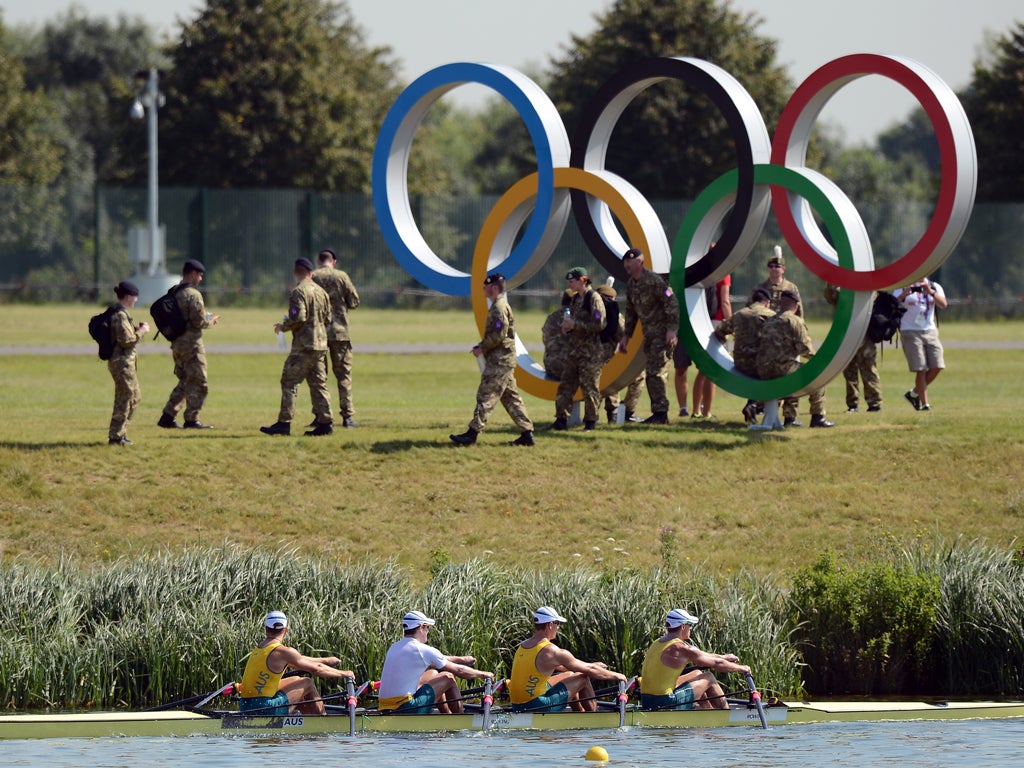Your support helps us to tell the story
From reproductive rights to climate change to Big Tech, The Independent is on the ground when the story is developing. Whether it's investigating the financials of Elon Musk's pro-Trump PAC or producing our latest documentary, 'The A Word', which shines a light on the American women fighting for reproductive rights, we know how important it is to parse out the facts from the messaging.
At such a critical moment in US history, we need reporters on the ground. Your donation allows us to keep sending journalists to speak to both sides of the story.
The Independent is trusted by Americans across the entire political spectrum. And unlike many other quality news outlets, we choose not to lock Americans out of our reporting and analysis with paywalls. We believe quality journalism should be available to everyone, paid for by those who can afford it.
Your support makes all the difference.Television coverage of Olympic rowing and canoeing will be revolutionised over the next fortnight following the development of the world's longest cable-camera.
The £250,000 US military camera is suspended on three wires stretched between two 92-metre high towers, which have been erected at each end of the 2.5kilometre lake at Eton Dorney.
The system has been used in Formula One and at four previous Olympics - Salt Lake City, Athens, Beijing and Vancouver - but never before on this scale.
"The overhead wire camera is going to put rowing into a completely different realm for showing our sport," said GB Rowing performance director David Tanner.
"I am sure the BBC are going to be showing some outstanding pictures of our outstanding crews and others."
The wire system can propel the birds-eye camera at speeds of up to 130 kilometres per hour, although it will be limited to 70km per hour during the Olympic Games.
The camera can rotate 360 degrees and drops to just eight metres above the boats, offering television viewers a new perspective on the racing.
The footage will supplement the more standard race coverage from cameras fixed to vehicles which follow the crews along the side of the lake.
Stefan Boisjoly, the broadcast venue manager for the Olympic Broadcasting Service, said: "We always try to bring the most dramatic and best quality images to the world.
"We want to honour the work and the efforts of the athletes by showing the sport in the most beautiful, high-tech fashion possible."
PA

Join our commenting forum
Join thought-provoking conversations, follow other Independent readers and see their replies
0Comments